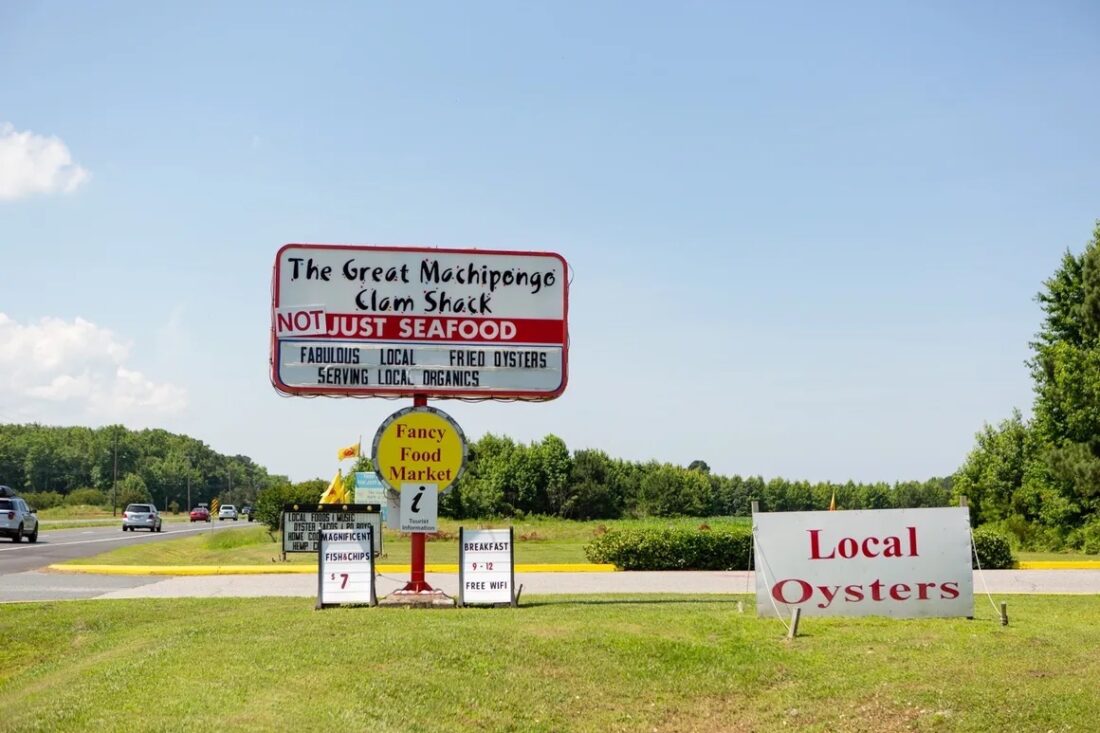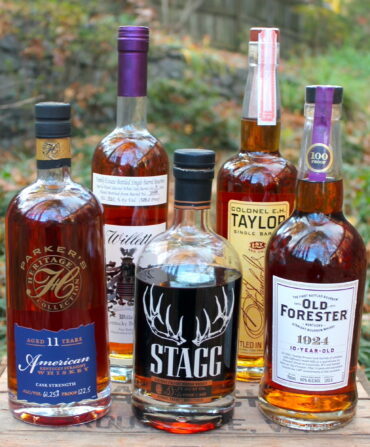Driving down the long stretch of highway that bisects Virginia’s Eastern Shore, it’s nearly impossible to miss the Great Machipongo Clam Shack. If the sunny yellow flags decorated with bright red crabs don’t catch your eye, then the signs promising local oysters and clams will. Once inside, more messages greet you: Placards containing bits of Chinese medical wisdom proclaim that crab is “good for blood circulation, nourishes yin and marrow, and benefits strained muscles,” while bumper stickers for sale advise, “Raise clams, not subdivisions.”

Recently, a new sign has joined the mix. After twenty-five years, Roger and Jean Mariner announced their retirement and search for a new owner of their beloved seafood market and restaurant in Nassawadox. The coming months mark the final chapter for the Clam Shack in its current state—an establishment that is undoubtedly “not just seafood,” to quote yet another sign.
In 1986, after a chance meeting in Jean’s home country of South Africa, the Mariners began working as commercial fishermen in Alaska. Roger ran a tender boat, acting as the middleman between fishing boats and fish processors, while Jean was the “money person.” It was here they lived up to their last name, learning about the inner workings of the seafood industry and the best practices for sourcing and storing the freshest product.
The Great Machipongo Clam Shack started off as a humble camper perched on the side of Route 13 on Virginia’s Eastern Shore in the late nineties. Each weekend, Roger and Jean would sell their homegrown littleneck seaside clams for three dollars per dozen.
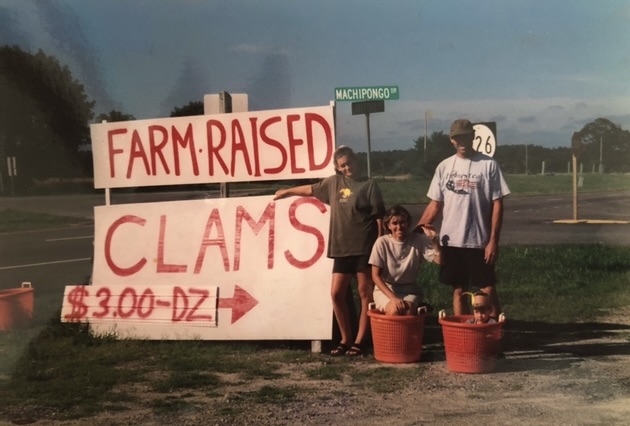
“It became an event,” Roger says. “My buddies all stopped by because I had plenty of cold beer. We’d all sit around, and the tourists would stop. We talked to everybody. It was a friendly place to be.”
Their clam camper quickly evolved into a brick-and-mortar business. They converted the adjacent vacant gas station into the first iteration of the Clam Shack, expanding their menu to include local crabs and oysters, Alaskan salmon, shrimp, and other flash-frozen seafood. They began serving lunch—crab cakes, clam chowder, and shrimp and crabmeat platters. In a few years, they outgrew that location too and bought the old McDonald’s where the restaurant stands today.
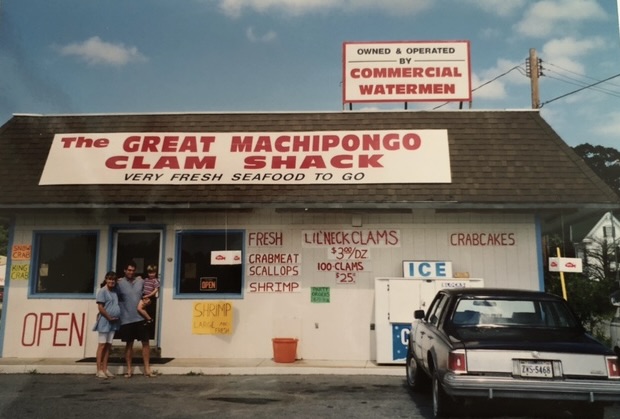
At the new location, a group of locals began a monthly open mic night, which has been going strong since 2004. During these live music sessions, customers young and old enjoy offerings from the restaurant’s extensive made-from-scratch menu, including unique dishes like crabpot cakes infused with hempseed and steamed shrimp with the locally famous house spice created by Roger—an earthier Old Bay with a nod to Ethiopian berbere. The seafood market provides local classics alongside unexpected finds like alligator tail meat, New Zealand green-lipped mussels, and escargot.
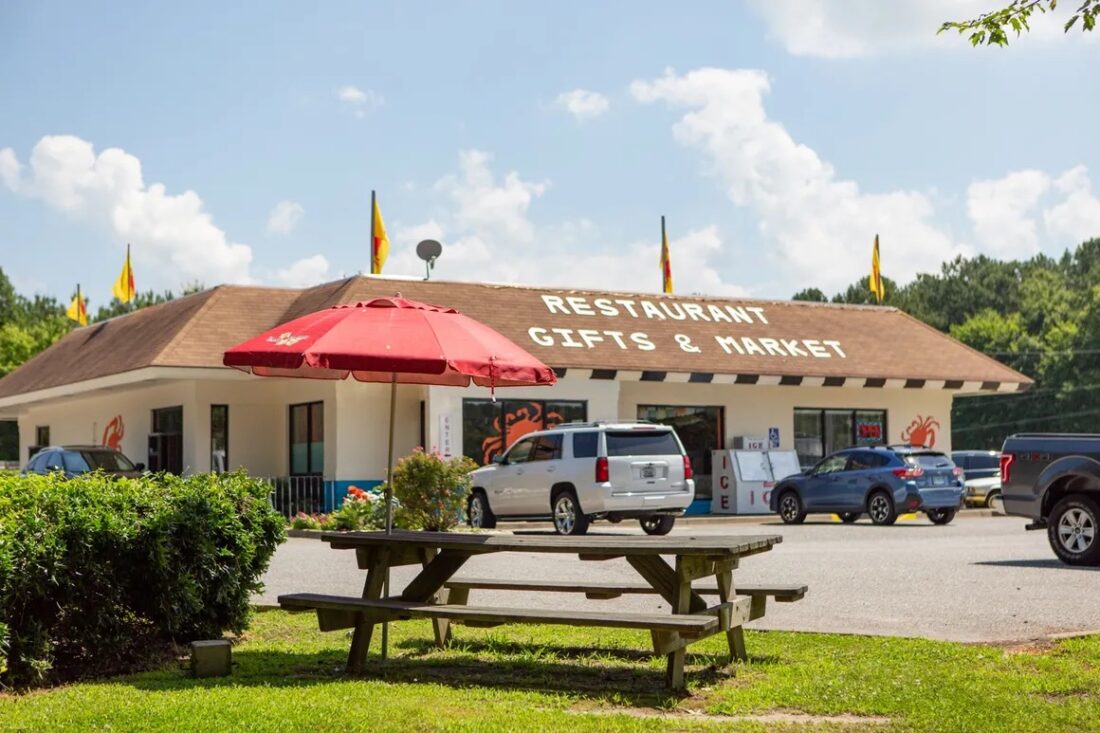
As a young man, Roger traveled extensively in Asia. “Spiritually, I blended that into my life and into the spirit of the Clam Shack, sharing love and compassion for other human beings,” he says. That ethos has fostered a close-knit community of staff, many of whom have been at the restaurant for nearly twenty years.
“The staff really wants to stay with the business,” Jean says. “We’re hoping to find somebody who can carry on what is already a great family place. There’s so much that can continue to be added and improved. Sometimes you need the spark of somebody new with the energy to keep it growing.”


